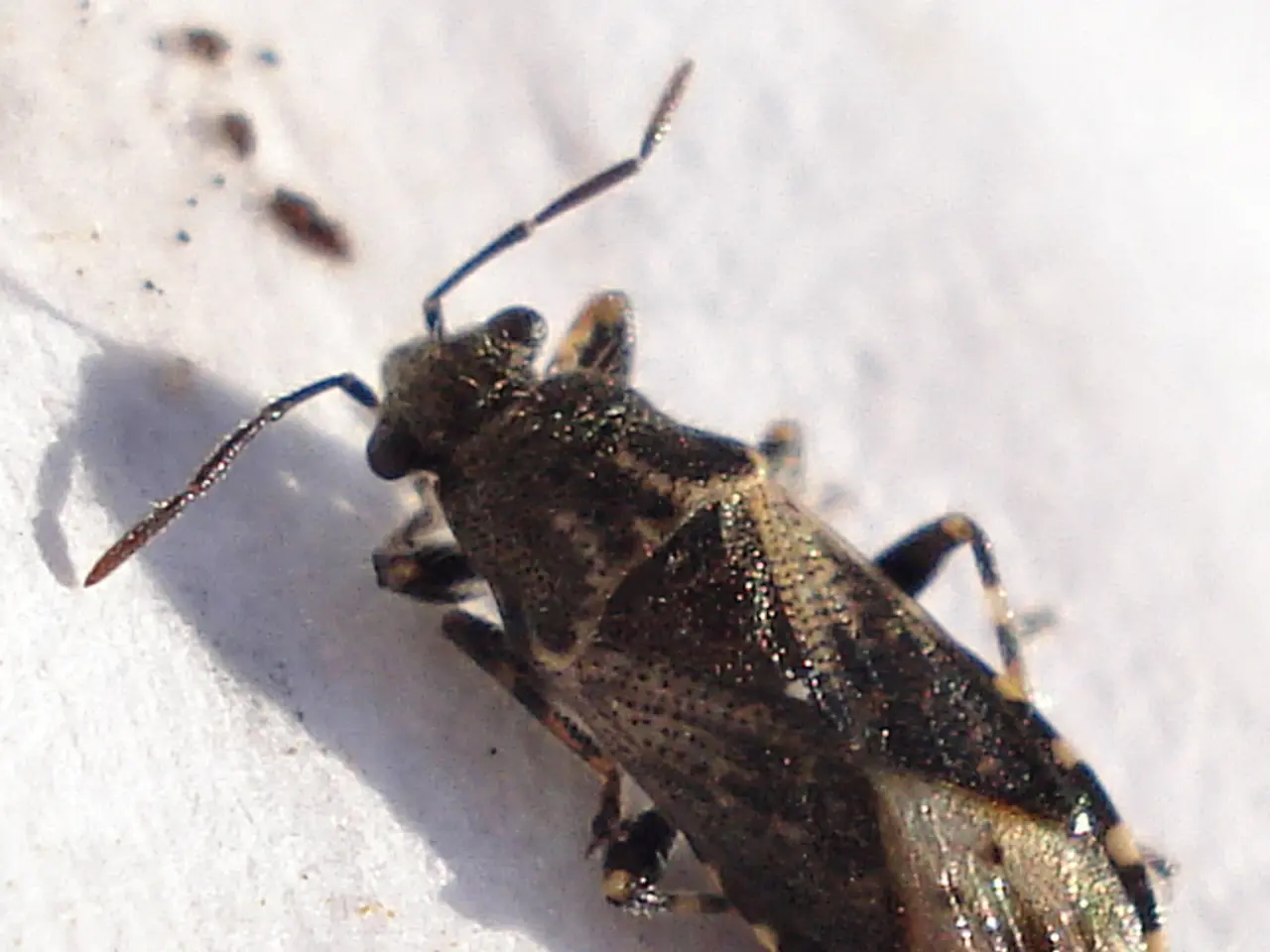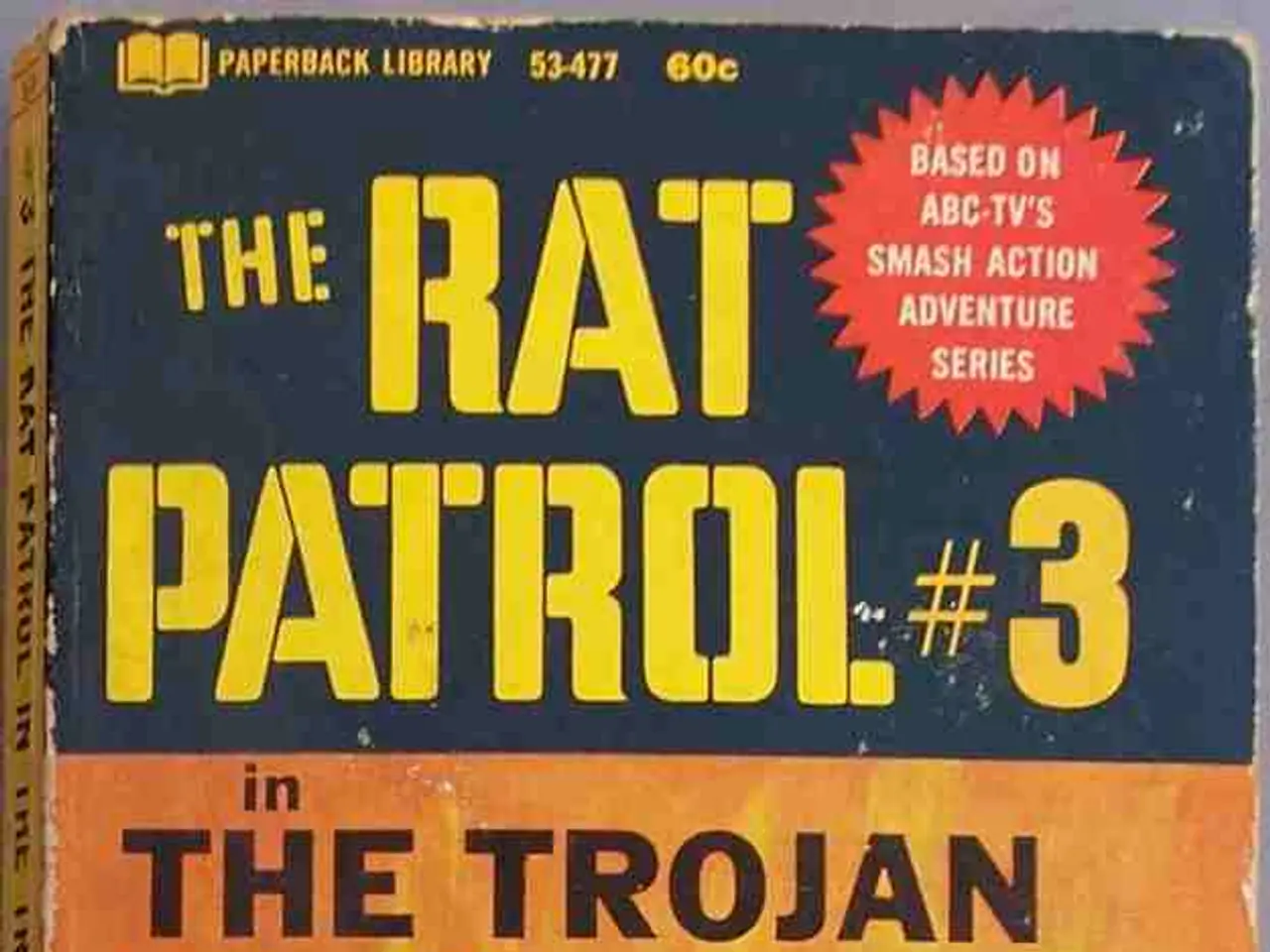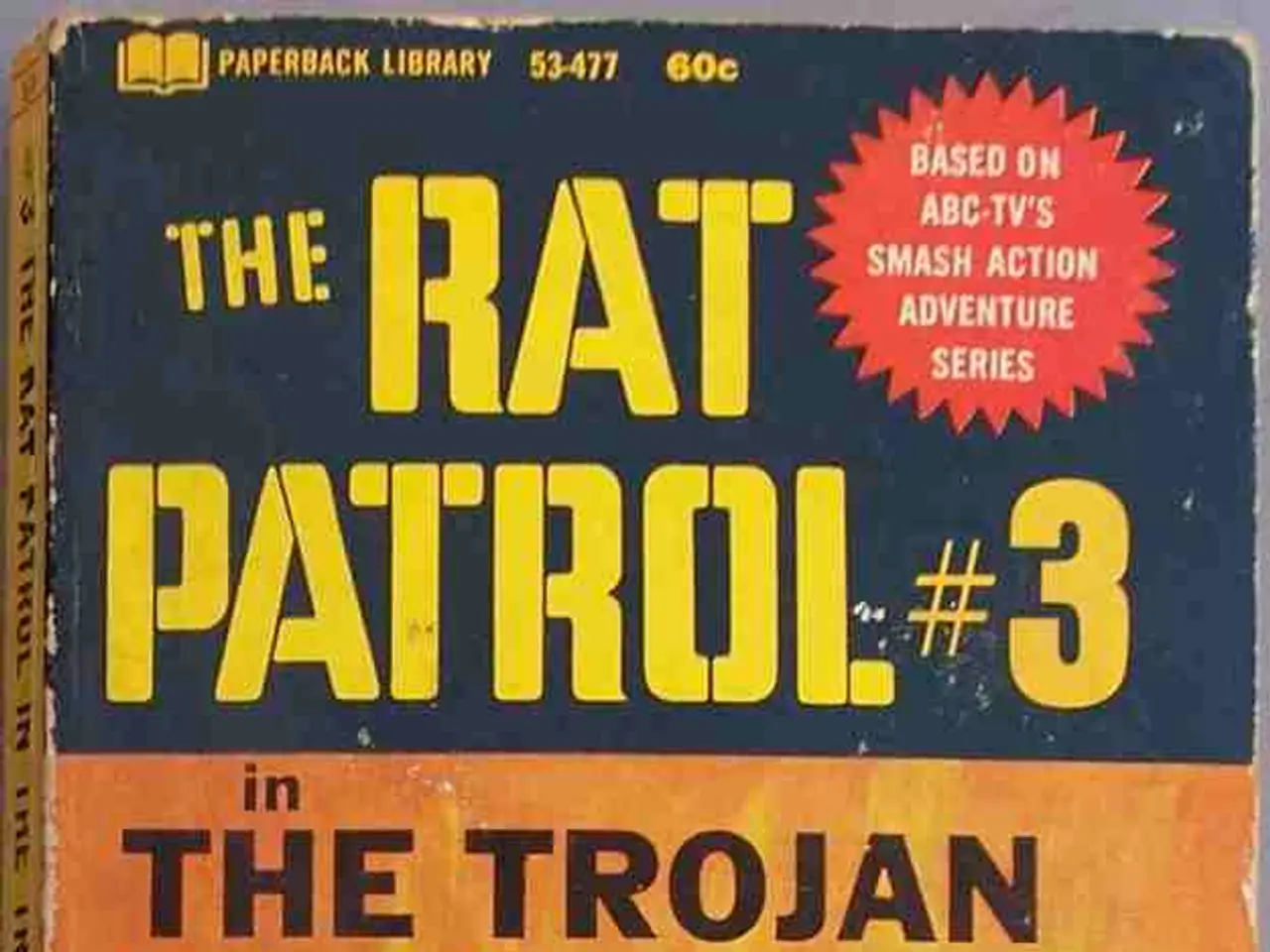Unearthed in the United States: A Nest of Radioactive Wasps
In the heart of South Carolina lies the Savannah River Site (SRS), a facility with a rich history dating back to the Cold War era when it was used for the production of components for US atomic bombs. Today, the site maintains a focus on nuclear material for power plants and ensures high safety standards are met through a series of advanced safety measures.
Recently, an unusual incident occurred within the 310-square-mile site, which is not accessible to the public. A radioactive hornet's nest was discovered near a storage facility for millions of liters of liquid nuclear waste. The radiation level at the nest was ten times the acceptable limit, yet no contamination was found in the surrounding area.
Workers at SRS are equipped with wearable technology designed to monitor their health and environmental conditions in real time, enhancing heat stress prevention and overall job safety. This technology played a crucial role in identifying the radioactive hornet's nest, ensuring a swift response.
The facility where the nest was discovered, which opened in the 1950s, uses large Saltstone Disposal Units (SDUs) for safe containment of low-activity radioactive waste. Ongoing construction of newer, larger units (SDU 8 and 9) is underway to expand safe waste storage capacity while maintaining strict containment protocols.
Despite the incident, no specific new safety protocols related directly to the occurrence are reported publicly. However, the existing comprehensive monitoring and remediation strategies at SRS are designed to promptly identify and address biological or environmental intrusions that could impact radioactive waste safety.
SRS boasts a strong safety performance and culture. The Savannah River Remediation project has exceeded 23 years without a lost-time injury and earned multiple Department of Energy (DOE) safety awards, indicating rigorous safety oversight.
Any expansions, such as the increased plutonium pit production, are subject to environmental impact analysis and federal reviews, including Programmatic Environmental Impact Statements (PEIS), to evaluate and mitigate risks associated with radioactive material production and storage on site.
Environmental organizations have expressed doubts about the situation, but it's important to note that no impacts to workers, the environment, or the public have been reported as a result of the hornet's nest or the nuclear waste. The hornets themselves showed significantly lower radiation levels than the nest, and no other animals were found on site.
In summary, the Savannah River Site employs cutting-edge technologies, strict containment structures, and a culture of safety excellence to ensure protection of workers, the public, and the environment amid ongoing nuclear waste storage and production activities. While an unusual incident involving a radioactive hornet's nest has occurred, there is no current threat to the environment or public.
- The community policy at the Savannah River Site (SRS) should include measures for addressing unexpected incidents like the discovery of a radioactive hornet's nest, ensuring prompt and effective responses in the future.
- In light of the recent radioactive hornet's nest incident, a review of the current employment policy might be beneficial, focusing on enhancing employee training and education in environmental science, particularly concerning climate-change and environmental-science implications for nuclear facility safety.
- The general news and politics surrounding the Savannah River Site should highlight ongoing efforts to maintain strict safety protocols, expand waste storage capacity, and mitigate risks associated with radioactive material production and storage, boosting public trust and understanding of the site's operations.




